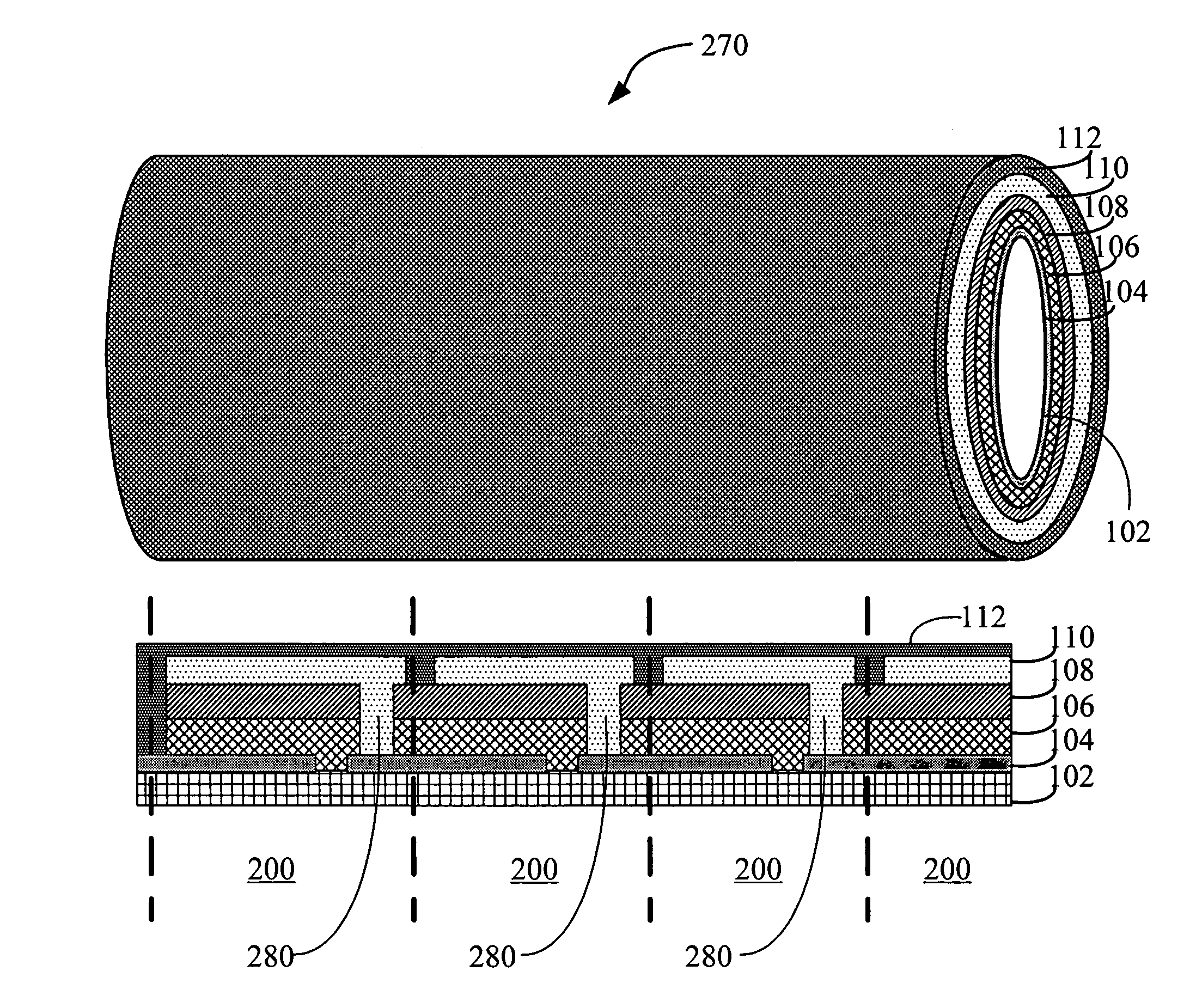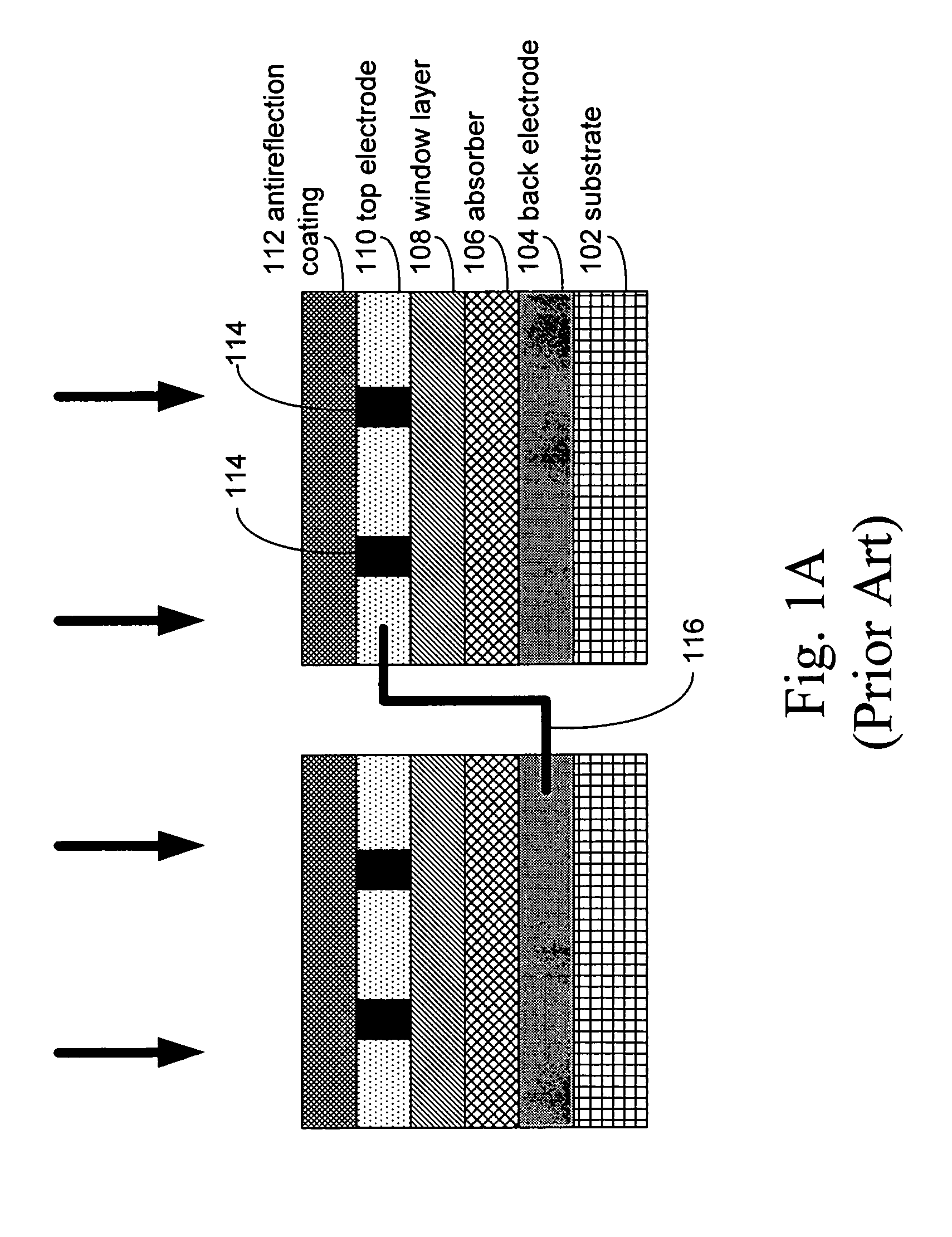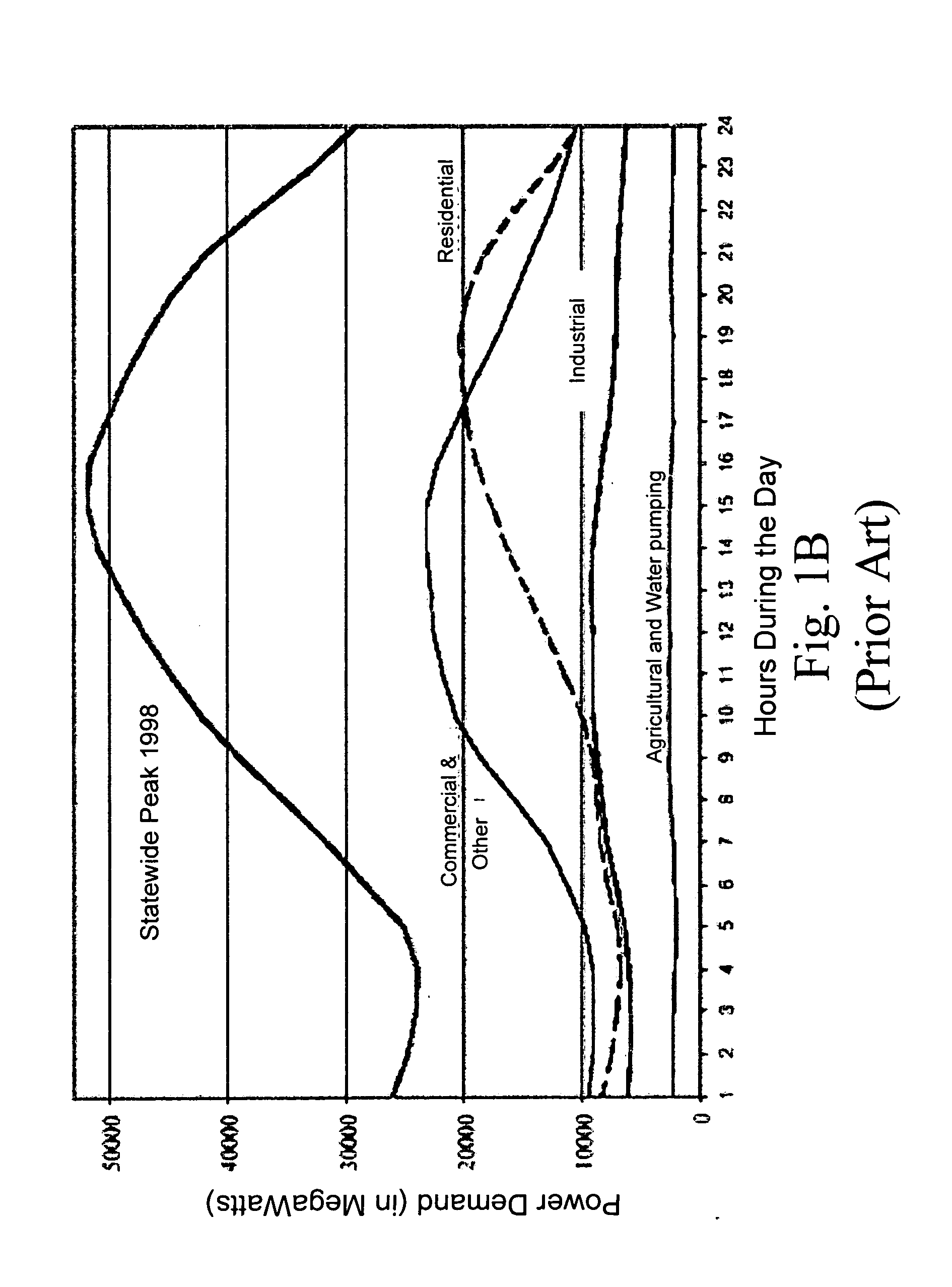Assemblies of cylindrical solar units with internal spacing
- Summary
- Abstract
- Description
- Claims
- Application Information
AI Technical Summary
Benefits of technology
Problems solved by technology
Method used
Image
Examples
Embodiment Construction
[0056] Disclosed herein are exemplary structures of elements within cylindrical solar units that form part of the novel solar cell arrangements in accordance with some embodiments of the present invention. Each cylindrical solar unit can be a solar cell as described in conjunction with FIG. 2A below or a solar module as described in conjunction with FIG. 2B, below. In some embodiments of the present invention, solar cell arrangements of the present invention comprise a single solar cell panel. In some embodiments of the present invention, solar cell arrangements of the present invention comprise a plurality of solar cell panels.
5.1 Basic Structure
[0057]FIG. 2A illustrates the cross-sectional view of an exemplary embodiment of a cylindrical solar unit that is a solar cell 200. In some embodiments, the cylindrical substrate is either (i) tubular shaped or (ii) a rigid solid. In some embodiments the cylindrical substrate is a flexible tube, a rigid tube, a rigid solid, or a flexible ...
PUM
 Login to View More
Login to View More Abstract
Description
Claims
Application Information
 Login to View More
Login to View More - R&D
- Intellectual Property
- Life Sciences
- Materials
- Tech Scout
- Unparalleled Data Quality
- Higher Quality Content
- 60% Fewer Hallucinations
Browse by: Latest US Patents, China's latest patents, Technical Efficacy Thesaurus, Application Domain, Technology Topic, Popular Technical Reports.
© 2025 PatSnap. All rights reserved.Legal|Privacy policy|Modern Slavery Act Transparency Statement|Sitemap|About US| Contact US: help@patsnap.com



